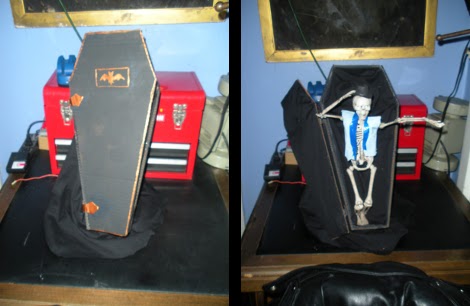The usual way robotics is taught – and nearly everything, for that matter – is simple. A teacher gets a pre-built module or kit, teaches the students how to use the kit, and class is adjourned. There are significant and obvious drawbacks to this. [Kevin Harrington]’s entry for the Hackaday Prize turns that pedagogy on its head. It’s a robotics development platform that encourages everyone to create their own robots from scratch, starting with the question, ‘how many legs do you want your robot to have’.
Bowler Studio uses OpenCV for image processing, a kinematics engine, a JCSG-based CAD and 3D modeling engine to interface with motors, create 3D models according to kinematic models, feed imaging data to a robot, and create graphical interfaces for robots. It’s an entire robotics creation studio in a single package, and of course everything can be backed up to the cloud.
The electronic backbone is another one of [Kevin] and Neuron Robotics’ projects, DyIO, a USB peripheral that makes for a great robotics platform. The DyIO can control up to 24 servos, enough for a very, very complex robot, and also has the ability to control motors, read encoders, or just blink pins.
These two projects together make for a great way to learn the ins and outs of robots that are a little more complex than a simple wheeled robot, and expandable enough to make some really, really cool projects


















